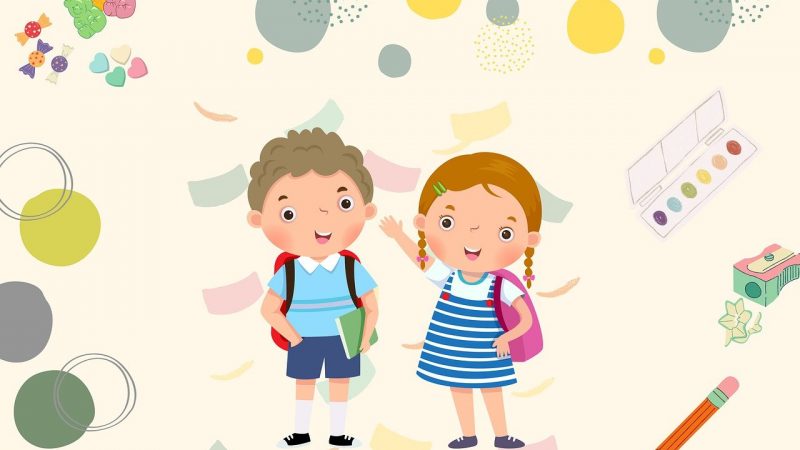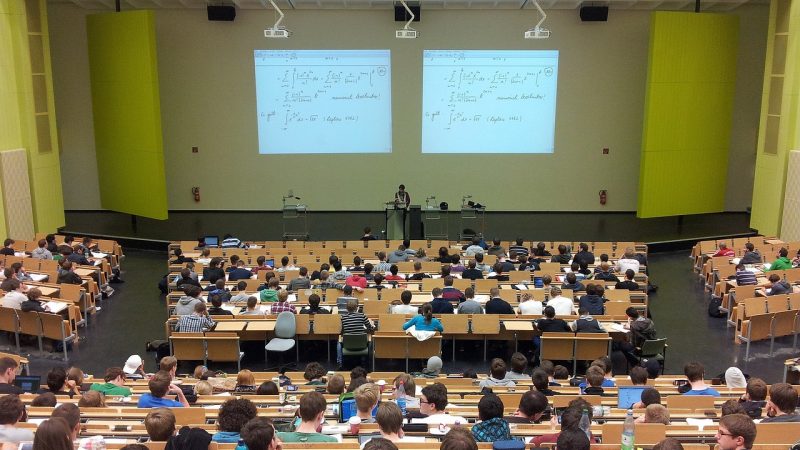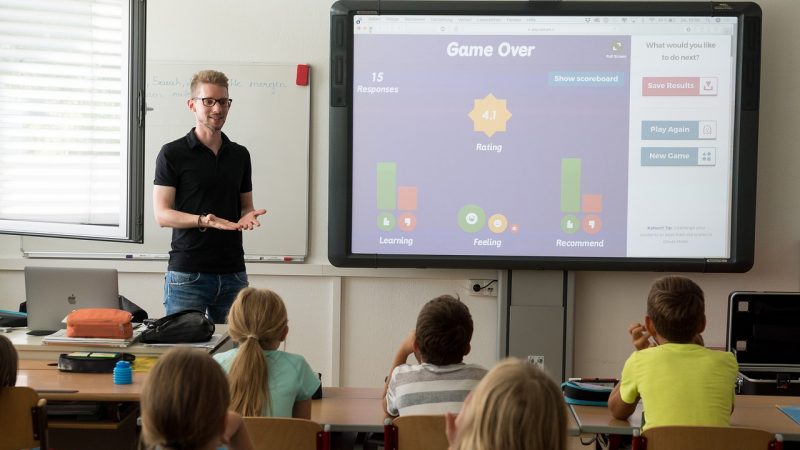Anxiety disorders are increasingly prevalent among young people today. As a parent, having the awareness to recognize anxiety symptoms early is crucial to getting children the support they need. This comprehensive guide provides parents with extensive information on identifying anxiety in kids and teens, understanding the causes, and taking initial steps to get help.
What is Childhood Anxiety?
Anxiety is a normal human emotion that everyone experiences at times. But when anxiety becomes excessive, persistent, and interferes with normal functioning, it becomes a disorder requiring treatment. The most common anxiety disorders seen in youth are:
– Generalized anxiety disorder – continuous worrying about everyday things
– Social anxiety – extreme fear of social situations and interactions
– Separation anxiety – severe clinginess and fear when separated from parents
– Phobias – intense, irrational fears over specific things or situations
– Panic attacks – sudden episodes of fear accompanied by physical symptoms
Anxiety disorders typically result from a combination of genetic, personality, trauma, and environmental factors. Mental health professionals can diagnose specific disorders based on symptom patterns over time. Childhood anxiety is highly treatable through therapy, lifestyle changes, medication, or combined treatment plans.
Recognizing the Signs of Anxiety
In order to identify anxiety, parents need to know the array of potential symptoms to look out for. These can be physical, mental, emotional or behavioral:
Physical symptoms:
– Headaches, dizziness
– Stomach aches, nausea
– Muscle tension, shakiness
– Fatigue, low energy
– Insomnia, disturbed sleep
Mental symptoms:
– Difficulty concentrating
– Impaired memory
– Disorganization
– Negative thought spirals
– Panic attacks
Emotional symptoms:
– Irritability, agitation
– Tearfulness, distress
– Intense worry
– Sense of dread
– Feeling tense or “on edge”
Behavioral symptoms:
– Avoidance of situations
– Repetitive compulsive behaviors
– Seeking constant reassurance
– Angry outbursts or tantrums
– Trouble carrying out tasks
There are also red flags specific to certain age groups:
Preschoolers:
– Separation tantrums
– Nightmares
– Bedwetting
– Clingy behavior
Children 6-12 years:
– School avoidance
– Fear of public bathrooms
– Perfectionistic traits
– Trouble sleeping alone
Teens:
– Social isolation
– Refusing school
– Self-harming behaviors
– Substance abuse
Any drastic changes in personality, behavior or functioning that persist over weeks warrant assessment. Impacts on school, social life and home life indicate professional help may be needed.
Initiating Sensitive Conversations
If anxiety seems likely based on symptoms, open up caring, non-judgemental conversations to learn more. Pick moments when your child seems receptive.
“I’ve noticed you seem very worried/nervous/unhappy recently. I want you to know I’m always here if you ever want to talk about anything that’s going on.”
Ask open rather than closed questions:
– “What kinds of things have been worrying you lately?”
– “How have you been feeling at school/with friends?”
– “What seems to help when you feel anxious or sad?”
Listen attentively and validate their feelings and experiences. Don’t pressure them to share more than they are ready to. Watch for any comments about self-harm or suicidal thoughts, and seek urgent medical assistance if these arise.
Provide reassurance that you are there unconditionally to understand and help. Let them share at their own pace. Seek advice from school counselors if difficulties persist.
Ongoing Ways to Provide Support
At home:
– Foster open communication and emotional security
– Help establish consistent routines
– Limit access to anxiety triggers like news/social media
– Practise relaxation techniques together like deep breathing
At school:
– Discuss difficulties with teachers/administrators
– Develop accommodations like extended deadlines
– Arrange counselor check-ins or peer mentoring
Socially:
– Arrange small playdates at home initially
– Role-play to practise social skills
– Enroll in group activities to build friendships
Medically:
– Consult a doctor for physical check-up
– Discuss therapy options with counselors/psychiatrists
– Consider anti-anxiety medication if recommended
Modeling self-care, accommodating needs, and seeking specialist help demonstrates your ongoing commitment to their wellbeing. Consistency, compassion and professional support aids young people in managing anxiety.
When Professional Help is Needed
If anxiety symptoms persist over 2 weeks and are impairing functioning across various life domains, seek medical advice. Drastic changes in behavior, falling grades, outbursts, or isolation from friends warrants assessment. Any thoughts or acts of self-harm require urgent attention.
A doctor can check for underlying physical conditions that may be contributing to anxiety. Recommendations can be made for counselors, therapists, support groups or youth psychiatric treatment. Register with evidence-based treatment programs like cognitive behavioral therapy.
At school, request accommodations like modified deadlines, staff check-ins, and counselor sessions. Address any bullying or difficult peer dynamics. temporarily homeschooling may relieve pressures.
With attention and professional help, childhood anxiety is manageable. Talking openly, maximizing stability, and seeking specialist support enables recovery. Handled sensitively, guiding a child through anxiety fosters invaluable coping tools for life.










